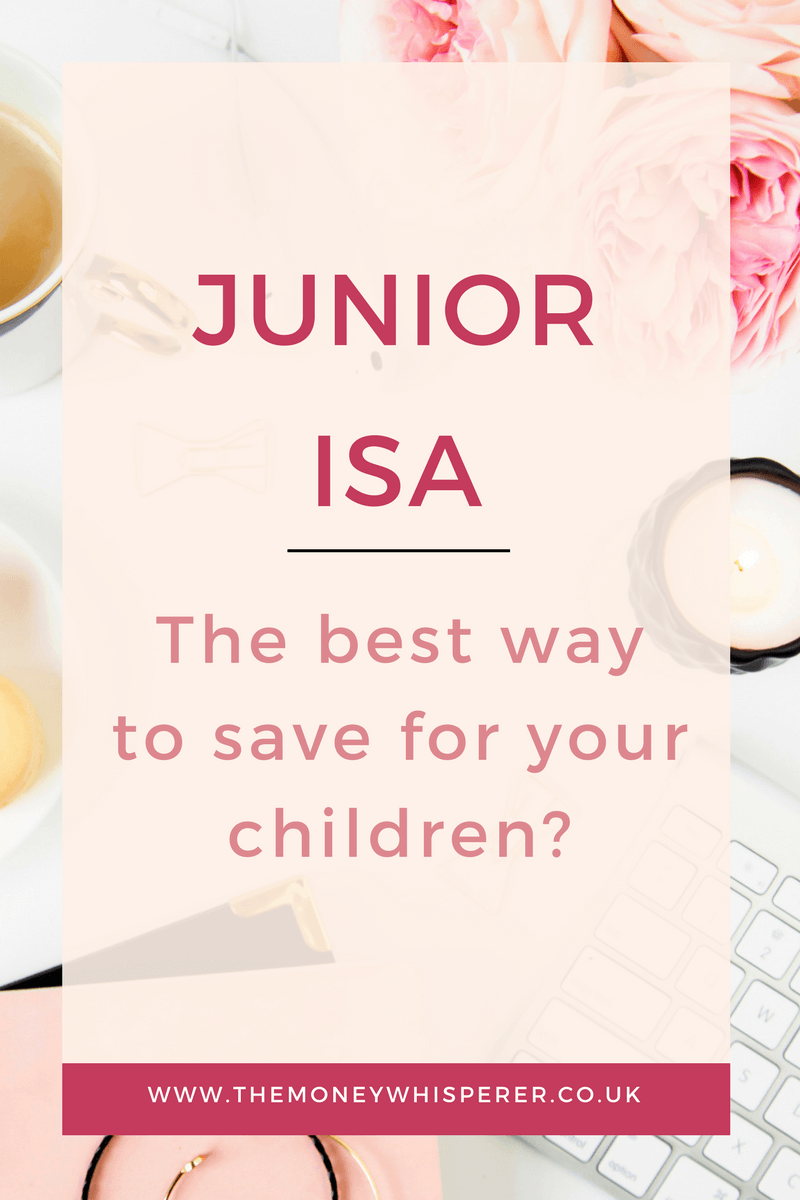This post may contain affiliate links which means that if you click through to a product or service and then buy it, I receive a small commission. There is no additional charge to you.
Please be aware that any form of stock market investment can go up and down over time. You may want to consider advice from a qualified financial advisor before opening a Stocks and Shares ISA.
Compound interest is the eighth wonder of the world. He who understands it, earns it … he who doesn’t … pays it ― Albert Einstein
Saving for our children’s future is something which we’d all like to do to set them up for a great start in life. In fact, readers are often asking me for tips for the best way to save for children or encourage them to save their money. Unfortunately, there is no one size fits all because everyone has a different motivation, attitude to risk and timeframe which makes a standard answer impossible.
One thing in common for everyone saving for children though is that by starting to save early on in their childhood, the power of compound interest – where the interest you earn then earns interest itself over time – comes in to play and magnifies the amount that your children’s savings are worth.
This simple concept is why I would encourage you to think about whether you can put a little bit away for your children each month, knowing that these small, regular contributions over an extended time could turn in to a nice nest egg by the time your children are 18. If our children want to go to university, I’d like to be able to put them through university so that they don’t come out the other side £30,000 in debt. So, it’s important to keep feeding in to that university fund now!
I’ve just read Mary Waring’s book ‘The Wealthy Woman’ (see my review here) which I loved as it explains simple financial concepts with such clarity. She’s a maths geek (like me!) but creates such easy to understand examples using relatively small amounts of money. She explains that if child benefit of £20.50 per week was invested from when a child is born to when they are 18 (a total investment of just under £20k), it would grow to almost £54k, assuming 10% interest. Imagine being able to give your child £54k to set themselves up for university or with a house deposit. Amazing eh?
Junior Individual Savings Account (JISA)
Junior ISAs (JISAs) were launched in November 2011 to allow adults to save and invest on behalf of a child under 18. Earnings within a JISA are not subject to tax so the money saved within a JISA grows even faster.
A child’s parent or legal guardian can set up a Junior ISA account in their child’s name and invest up to £4,128 per year (the current limit for the 2017/2018 tax year).
There are two key types of Junior ISA: a Junior Cash ISA and a Junior Stocks and Shares ISA. A child can only have one Junior Cash ISA and one Junior Stocks and Shares ISA at any one time, but they can hold both. (If they have both, the most they can save has to be within the current £4,128 limit). Also, if a child already has a Child Trust Fund, they cannot also have a Junior ISA.
You absolutely do not need to know anything about the stock market to save in a JISA – please read on to put this myth to bed.
Junior Cash ISA
A Junior Cash ISA is pretty much the same as a bank or building society savings account but with the advantage that your child doesn’t have to pay any tax on the interest they earn on the money held within it. Assuming you fill in the right paperwork with your bank when you set up a regular savings account, the interest is also paid tax-free. But there is a catch. If a parent gives money to a child that generates more than £100 a year in interest, tax is paid at the parent’s marginal rate. This means if you have a decent amount of money to save on behalf of your children, you are better to shield it in a JISA rather than a regular savings account to avoid paying any tax on it.
Junior Stocks and Shares ISA
A Junior Stocks and Shares ISA invests the money you save into investments like shares and bonds. Any profits earned by trading shares or bonds, and any dividends earned, are free from tax. Whereas the value of a cash JISA will increase by a defined interest rate, the value of a Junior Stocks and shares ISA can go down as well as up.
Key features of a Junior ISA
- All the family can pay money in to a Junior ISA eg parents, grandparents, godparents, friends and relatives.
- The money can’t be withdrawn until the child is 18 so it really is ‘saved’ for them as you can’t access it in the same way as the money in your own ISA is easily accessible.
- The child can manage their accounts and investments from the age of 16, as well as pay into a standard cash ISA (currently £20,000 for the 2017/2018 tax year) alongside their Junior ISA allowance until they reach 18.
One thing to bear in mind when taking out a Junior ISA for your child is that they will be able to access this money when they reach 18, and can spend the money how they wish.
Cash or Stocks and Shares JISA?
Rates on Junior Cash ISAs are available between 2.5% and 3.5% currently. Whilst this sounds good compared to what’s available on the high street at the moment from regular savings accounts, inflation is sitting around 3% which means the money within the ISA is barely growing at all.
For this reason, I have only ever considered Junior Stocks and Shares ISAs for our children’s investments. I want the money I put aside for them to grow! There are always market downturns but over the long term, stock market growth trends upward, and as my children are still little, their money will be in the market for a good few years yet.
Do I have to choose stocks and shares to invest in?
No. That’s the simple answer. I think this is so important for people to understand as this is the most common reason that people tell me they don’t have a Stocks and Shares ISA for either themselves or their children.
When you set a Stocks and Shares ISA up, you will be asked to answers questions which identify your appetite to risk. This ‘risk profile’ then determines what type of stocks and shares your money is invested in to on your behalf. Certain classes of products are more risky than others – government backed bonds are low risk compared to shares in oil companies for example.
Changing risk profile
Wealthsimple has a great approach to aiming to get the most from your money; by changing the risk level of your investments as you get closer to the time you need to pay those university bills. Wealthsimple helps do this by learning about your risk level and adjusting what your money is invested in. In the early years of your child’s life, for instance, your risk profile could mean your money is invested 80% in stocks and shares and 20% in bonds. Stocks are inherently riskier in the short-term because their prices fluctuate more frequently than bonds but are also likely to end up giving higher returns over the long-term (albeit with no guarantee). This relatively higher risk portfolio and associated volatility is matched to the longer time frame until your child reaches 18.
Then, in your child’s teenage years, your risk level changes and the mix of your investments would change too, which Wealthsimple would manage for you. As your account grows and the time approaches that the money is to be accessed, Wealthsimple will always have Portfolio Managers on hand to help you understand your present financial situation and adjust the asset allocation of your portfolio if necessary. You don’t need to make actual investment decisions yourself at any point.
Simple and affordable investing
There are lots of different Stocks and Shares ISA providers out there. If you are new to opening an account or looking to move to a better deal, all you’re likely to really want from a Stocks and Shares ISA provider is an easy to understand product offering a diversified (not all your eggs in one basket!), low fee portfolio to squirrel your savings away in to. Indeed, most tables you’ll find online or within the money section of the papers will be classified by their fee structure.
Wealthsimple are offering the first £10,000 of investments managed for free for the first year which is a GREAT saving on fees.
If you are looking to invest your child’s full allowance for this tax year (which ends on 5th April 2018) and their full allowance for next tax year (which would total less than £10,000!), you could do this will no management fees to pay at all for a year which is a great incentive to get your child’s ISA set up before the end of the tax year.
Whether you want to help with a deposit for their first home, university fees or their first car, each small deposit in to an JISA you make now could go a long way towards your child’s future.
If you are looking at alternative ways to save for your children’s future and are considering opening a pension for them, take a read of my post here.
This post was written in collaboration with Wealthsimple.



